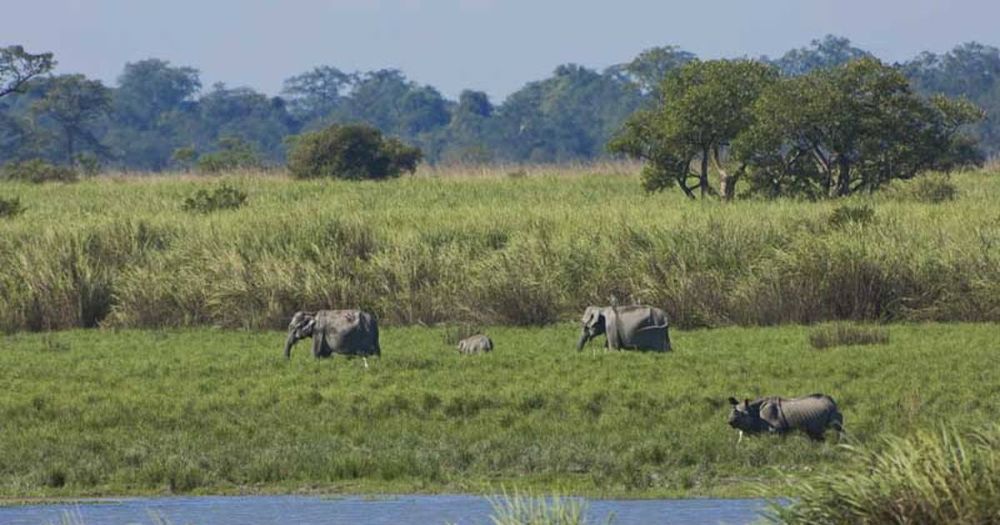

Nestled in the heart of Assam on the banks of the mighty Brahmaputra River, lies the vibrant land of Kaziranga. Known primarily for the majestic Kaziranga National Park, this destination has been a beacon for nature lovers and wildlife enthusiasts for over a century.
The origins of Kaziranga as a protected area can be traced back to the early 20th century when it was first established as a reserve forest in 1905. The initiative to protect this land came from the viceregal wife of the Governor-General of India, Lady Mary Curzon, after she visited the area and didn't spot a single rhinoceros, for which the area was renowned. Thus, Kaziranga was designated as a "Reserved Forest" in 1905.
In 1916, it was redesignated as Kaziranga Game Sanctuary and was later renamed Kaziranga Wildlife Sanctuary in 1950. The efforts to protect this unique ecosystem gradually contributed to the rise of tourism in the area. However, tourism received a significant boost when Kaziranga was declared a National Park in 1974 and subsequently, it gained the status of a UNESCO World Heritage site in 1985. This recognition propelled Kaziranga onto the international stage, and the number of visitors started to grow exponentially.
Kaziranga is famously known as the home of the Great Indian One-Horned Rhinoceros, and contains more than two-thirds of the world's population of this rare species. It is also inhabited by other wildlife species such as the Indian Elephant, Wild Water Buffalo, and Bengal Tiger, making it one of the most significant biodiversity hotspots in India. The park's rich biodiversity is spread over four main types of vegetation: alluvial inundated grasslands, alluvial savanna woodlands, tropical moist mixed deciduous forests, and tropical semi-evergreen forests.
In recent years, ecotourism has become increasingly popular in Kaziranga. The tourism industry has evolved to put a greater emphasis on conserving the natural environment, leading to the development of eco-friendly lodges and the implementation of responsible safari practices.
Elephant safaris and jeep safaris continue to be popular activities among visitors, offering intimate encounters with the park's wildlife while ensuring a safe distance and minimal environmental impact. The park authorities also promote community engagement by involving locals in tourism-related activities, which not only contributes to economic development but also aids in the conservation efforts.
Another recent trend is the promotion of cultural tourism, where visitors have the opportunity to experience the lifestyle, traditions, and festivals of the indigenous communities living in and around Kaziranga, thus adding a rich cultural dimension to the wildlife experience.
To keep pace with the growing influx of tourists, the infrastructure in Kaziranga has developed significantly. There are now several comfortable lodgings, ranging from budget-friendly hotels to luxurious resorts that cater to various preferences. The local government and tourism department have also worked to improve connectivity and transport options for ease of access to the park.
Conservation efforts are at the core of Kaziranga's tourism. The park authorities conduct regular anti-poaching patrols, and there are stringent regulations in place to ensure that tourism does not disturb the natural habitat. Research and monitoring programs are continually being carried out to keep track of wildlife populations and health.
Kaziranga continues to enchant visitors with its remarkable wildlife, stunning landscapes, and the warm hospitality of its people. As tourism evolves, the balance between ensuring a great visitor experience and protecting this unique ecosystem remains the primary goal. For anyone looking to experience the untamed beauty of nature, Kaziranga is the perfect destination.